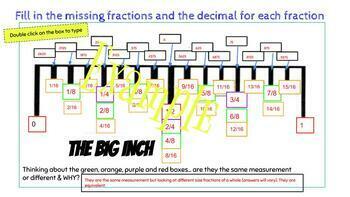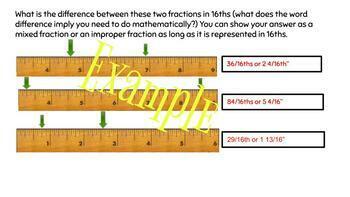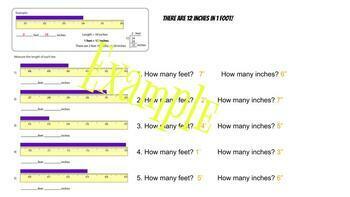Measurement Galore - Reading a Tape Measure
- Google Slides™
- Easel Activity

Description
This product come from struggling to teach students how to use the measuring tape and how to understand the fractions on a measuring tape. It has multiple representations of reading fractions on a measuring tape and fraction bar. It has spaces to type in answers and printable test pages to assess learning. It shows multiple ways to represent the same fraction (equivalent fractions). It is fun, yet rigorous. I included websites where your students can go to play online measurement games and videos to help reinforce skills. This is a presentation I go back to over and over again when working with students in a career tech education classroom but could easily be used in a regular math classroom or with students that have special needs. There is a full slide presentation with all the answer as well - you will find the link to the answer key on the last page of the slide in the presenters notes section.






